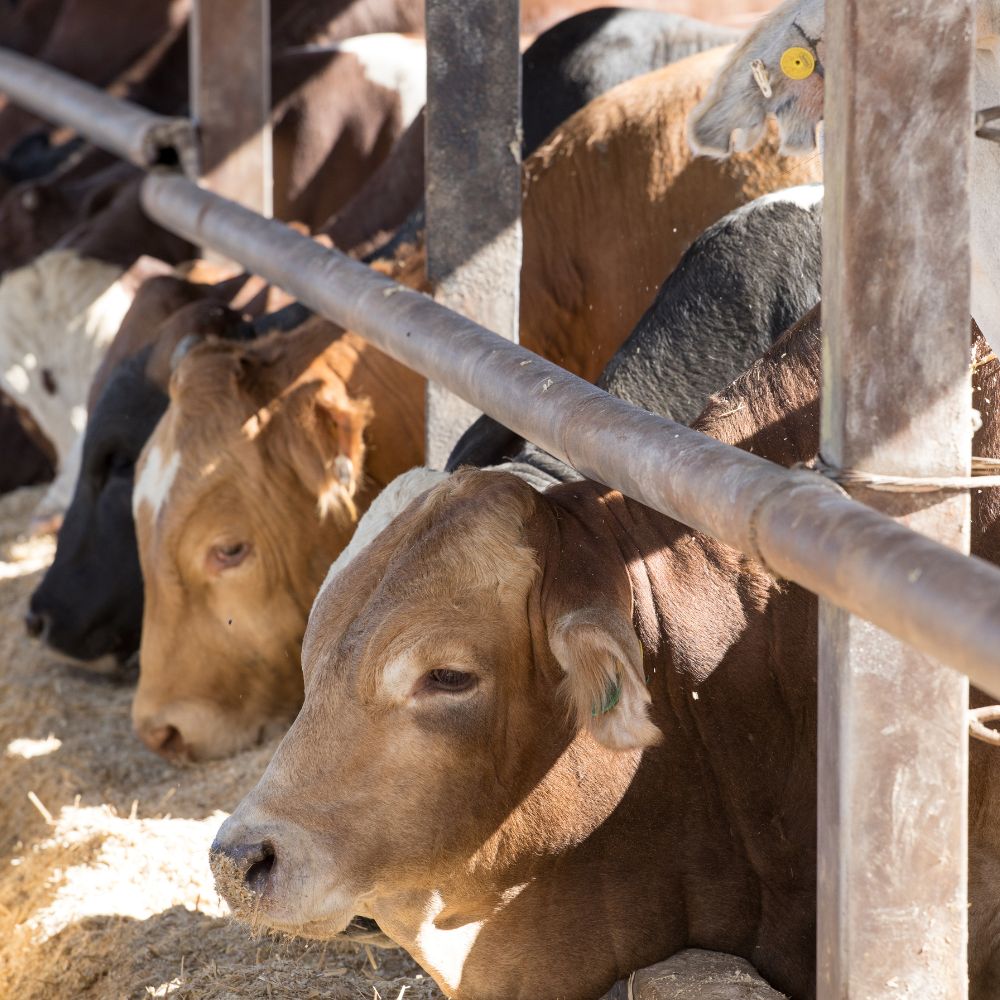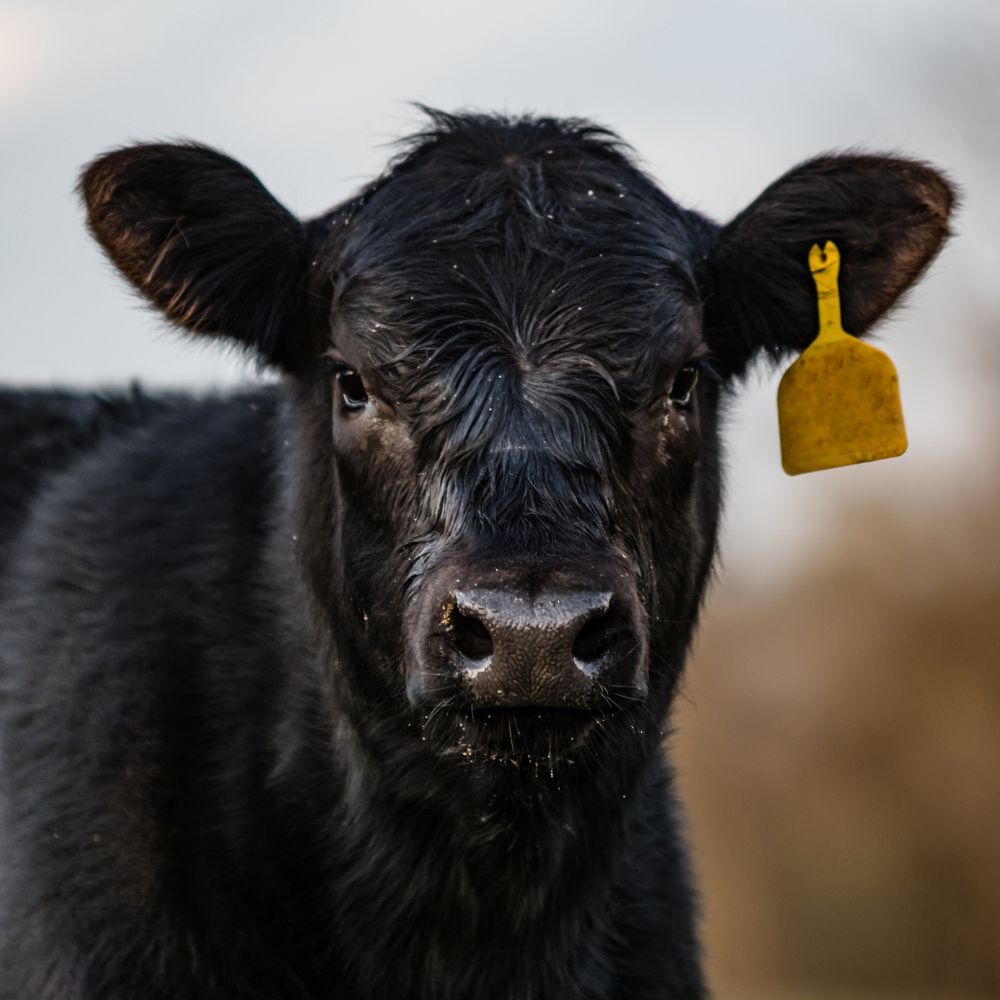The smart Trick of Bagley Risk Management That Nobody is Talking About
Wiki Article
Our Bagley Risk Management PDFs
Table of ContentsThe smart Trick of Bagley Risk Management That Nobody is Talking AboutOur Bagley Risk Management DiariesThe Basic Principles Of Bagley Risk Management Things about Bagley Risk ManagementWhat Does Bagley Risk Management Do?
This way, if costs do drop listed below that break-even point by the end date, insurance holders are secured versus a loss. This is really similar to the method barnyards run, though they use a typical hedge. When a herdsman contracts their cattle with a feedlot, they hedge those livestock to secure in the profit point.This will certainly be balanced out by the enhanced worth of the livestock., ranchers safeguard against a decrease in the futures board, however don't lose out on the higher return when prices go up.
They do this by choosing a lower percent of the projected ending value - Livestock risk protection insurance. This is a great strategy for those searching for lower premium prices or that have a greater risk tolerance due to solid monetary wellness. This method may not safeguard success, but it can shield versus severe market decreases
There is not a lot of defense or insurance coverage on a month-to-month basis, however if there is a major accident, manufacturers have the tranquility of mind that comes from recognizing they will just be accountable for a certain quantity expense. Just bear in mind, wish for the finest however prepare for the most awful.
Some Known Details About Bagley Risk Management

Feeder livestock can be covered up to a 900-pound expected end weight and fed livestock can be covered up to a 1,400-pound end weight. With several weight classes to pick from, it is possible to cover pets through the barnyard to the packer rail.
Applications can take several days to procedure and merely filling up one out does not secure the applicant into a plan. Once the application is authorized and prepared, the LRP recommendation, with its end day and projected ending worth, can be locked in swiftly. This allows breeders to cover calf bones when the price is ideal for their market risk administration objectives.
Photo Courtesy USDA-NRCS Costs for calf bones, feeder livestock and finished livestock have actually established some new documents this loss and early wintertime. A mix of situations has actually sped up these historic prices. There is presently a great deal of cautious optimism on the component of cow-calf manufacturers as they look at the future.
Bagley Risk Management for Beginners

There are some benefits to producers in using LRP insurance as compared to a typical feeder cattle contract or acquisition of an option - What is LRP. One is the versatility in the variety of livestock that can be insured. There is no lower limitation to the variety of livestock that can be insured
There is no obligation to offer livestock on which you have actually acquired LRP Feeder Cattle coverage. You may select to preserve possession and still be qualified for the indemnity should the Actual End Value fall below your Protection Cost. You might market livestock covered by my explanation LRP at any moment, provided the transfer of ownership does not occur more than 60 days before the LRP Contract End Date.
If cattle perish and your Ag, Danger Expert is alerted within 72 hours of you discovering of the fatality, the insurance coverage remains essentially, and the producer is eligible for indemnities because of cost loss, even on those animals which perished. Yes! Calves can currently be covered prior to unguis struck the ground.
See This Report on Bagley Risk Management

Applications guarantee novice consumers can be pre-approved to compose an LRP plan It is free! Step 2) Lock in an Unique Insurance Coverage Endorsement (SCE) when you discover a quote that fulfills your objectives (National livestock insurance). Together, we'll safeguard your financial investment.
With the continuous change and changability of the marketplace, Livestock Risk Protection (LRP) is something all livestock producers ought to take into consideration. The key function of LRP is to safeguard against the unforeseen downward price motion in the market by establishing a base upon any kind of offered day and kind of livestock you wish to insure.
The Best Guide To Bagley Risk Management
There are a range of protection level alternatives varying from 70 to one hundred percent of the expected ending worth (https://www.ted.com/profiles/46136409). At the end of the chosen insurance coverage period, if the actual ending value is listed below the coverage price, you will certainly be paid an indemnity for the difference in cost. Manufacturer expects to market 1,000 head of 11cwt cattle and picks insurance coverage of $66Since 2020, LRP (Livestock) is currently offered in all states when the market is offered. 1. Feeder Cattle with ending weights under 600lbs or 600lbs-900lbs, and 2. Fed Livestock with finishing weights in between 1,000lbs-1,400 lbs that will be marketed for slaughter near completion of the insurance policy duration. whereas livestock insurance does.
Report this wiki page